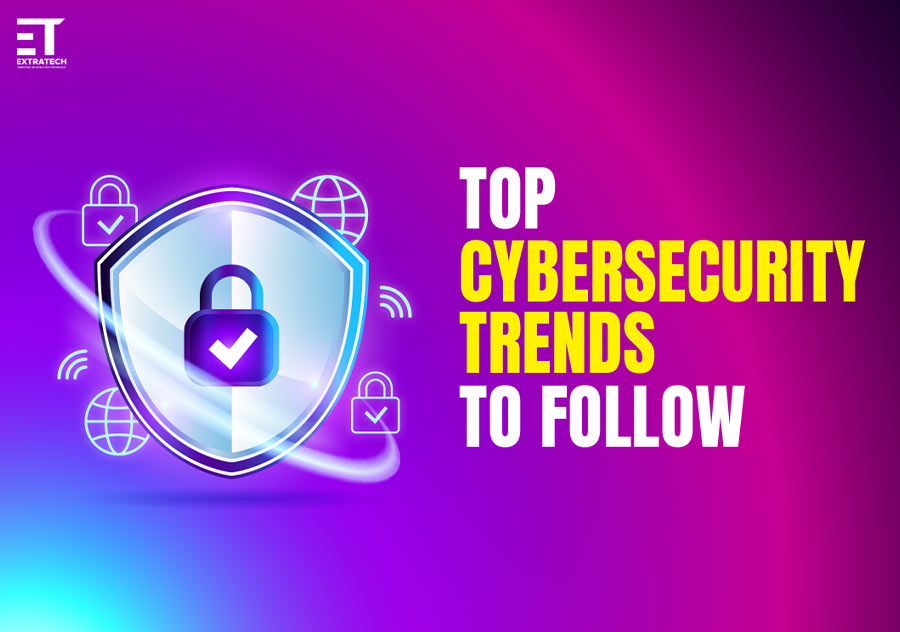


2024-02-09
Cybersecurity is crucial for businesses and organizations to safeguard data from online threats. These businesses and organizations are facing a rapidly changing cyber threat landscape. By taking security courses led by experts, you can enhance your expertise and knowledge to protect against data breaches, ransomware attacks, and hacks. The cybersecurity sector is fast-paced, with new threats and innovative ways to combat them emerging frequently.
In this overview, we will explore the newest trends in cybersecurity.
Automotive hacking refers to unauthorized access, manipulation, or exploitation of electronic systems within automobiles. Today automobiles have become increasingly connected and reliant on advanced software that provides excellent connectivity and features like cruise control, engine timing, and driver assistance, becoming more vulnerable to cyber threats. Automotive hackers may exploit weaknesses in a car's computer systems, including its electronic control units (ECUs), communication networks, and in-car entertainment systems or communication technologies such as Bluetooth and Wi-Fi to take control of the vehicle or listen in on conversations through built-in microphones. The consequences of automotive hacking can range from privacy breaches and data theft to more serious threats, such as remote control of vehicle functions, disabling safety features, or even causing accidents.
With the growing use of automated vehicles, these risks are expected to increase, requiring strict cybersecurity measures, especially for self-driving or autonomous vehicles. Manufacturers and cybersecurity experts continually work to enhance the security of automotive systems to mitigate these risks.
AI has become a foundation for enhancing cybersecurity across diverse sectors. Evolving AI has made it feasible to design automated security systems that can perform tasks such as natural language processing, face detection, and threat detection through machine learning algorithms. Regardless, these same machine-learning algorithms can be used by malicious actors to execute sophisticated cyber-attacks. Adversaries can use AI to create more targeted phishing campaigns, develop advanced malware that can adapt to defenses, and exploit vulnerabilities in complex systems.
AI-driven threat detection systems, although faced with challenges, can offer comprehensive support to cybersecurity experts by enabling them to swiftly tackle arising threats. The arms race between AI-driven cyber threats and cybersecurity measures is intensifying, requiring continuous advancements in defensive technologies to protect against evolving and intelligent attacks.
| If you are interested in Cyber Security, you can also join our Cyber Security Job Ready Program. |
Mobile devices have become a growing target for cyber threats as their usage and functionality continue to expand. With the increasing reliance on smartphones and tablets for communication, financial transactions, and personal data storage, cybercriminals are focusing on exploiting vulnerabilities in mobile platforms. Threats include mobile malware, phishing attacks, and unauthorized access to sensitive information through insecure apps or Wi-Fi networks.
As the mobile ecosystem evolves, users and organizations must prioritize mobile cybersecurity measures to safeguard against the rising tide of threats targeting these devices.
The evolving Internet of Things (IoT) security in the era of 5G reflects the heightened challenges and opportunities posed by the increasing connectivity of devices. As IoT devices become more prevalent and 5G networks offer faster and more widespread connectivity, the attack surface for potential cyber threats expands. The integration of 5G introduces both benefits, such as enhanced speed and capacity, and risks, including potential security vulnerabilities. Ensuring robust IoT security in the 5G era involves addressing issues like data privacy, device authentication, and securing communication channels.
As the IoT landscape continues to evolve, a comprehensive and adaptive approach to security is essential to mitigate the evolving risks associated with interconnected devices and advanced network technologies.
The rise of ransomware attacks represents a significant and concerning trend in cybersecurity. Ransomware is a type of malicious software that encrypts a victim's files, demanding payment in exchange for the decryption key. These attacks have surged in recent years, affecting individuals, businesses, and even critical infrastructure. Cybercriminals often exploit vulnerabilities in software, employ phishing tactics, or use other means to infiltrate systems and deploy ransomware. The attacks are financially motivated, and the payments are usually demanded in cryptocurrency to make tracking difficult.
The rise of ransomware underscores the need for robust cybersecurity measures, regular backups, and user awareness training to mitigate the impact of these increasingly sophisticated and damaging cyber threats.
The growth in cloud services has revolutionized the way businesses operate, offering scalable and flexible solutions. However, this expansion has also given rise to a corresponding increase in cloud security threats. As organizations migrate sensitive data and operations to the cloud, cyber threats targeting cloud infrastructure, applications, and data have become more prevalent. Common cloud security concerns include data breaches, misconfigurations, insecure interfaces, and unauthorized access. Security measures such as encryption, multi-factor authentication, and regular audits are crucial to safeguarding cloud environments.
The ongoing evolution of cloud services necessitates a proactive and dynamic approach to security to address the challenges associated with the expanding landscape of cloud-based technologies.
Remember that the cybersecurity landscape is dynamic, and it's crucial to stay informed about the latest developments and emerging threats. Staying abreast of these trends is crucial for organizations to effectively safeguard against evolving cyber threats. Always check for the most recent information and adapt your cybersecurity strategy accordingly.
As a result of these cybersecurity trend developments, businesses and organizations will be increasingly afraid to stack their security measures in 2025. Almost every business and organization prioritizes infrastructure security these days. Therefore, it would be a smart move for students to initiate a cybersecurity job-ready program as early as possible to acquire expertise for the future.